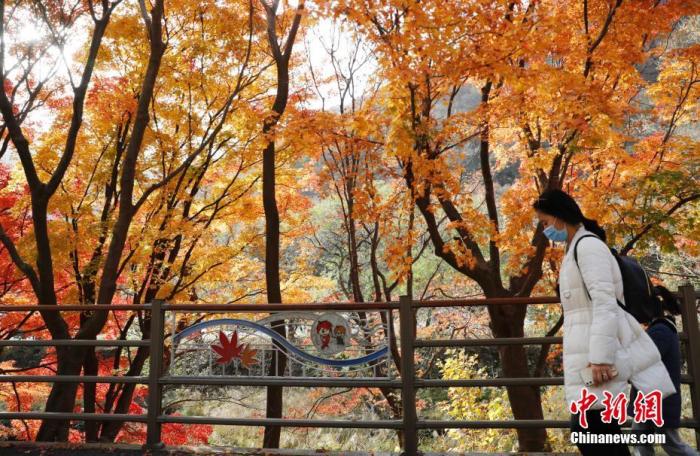South Korea Pandemic There is 13.6% of cases is unknown infection route in the past two weeks
The South Korean Central Anti-pandemic Countermeasures Headquarters reported that as of 0:00 local time on the 9th, 126 new cases had been added in the past 24 hours. Since November, the number of new cases in a single day in South Korea has continued to exceed 100. On November 6th and 8th, the number of new cases in a single day was close to 150, a recent peak of new cases in a single day.
According to Lee Sang-won, head of the epidemiological investigation department of the Korea Central Anti-pandemic Countermeasures Headquarters, said at a press conference on the 9th afternoon, the spread of infections continues in many places in South Korea, and small-scale collective infections such as nursing homes and private gathering places are on the rise.
Lee Sang-won introduced that a total of 44 confirmed cases were confirmed in a sauna center in southern Seoul, and 67 confirmed cases related to a golf stadium in Seoul; mass infections have been reported in Daegu, Chungcheongnam-do, and Suncheon City.
Cases of unknown route of infection are particularly worrying. In August of this year, after the situation of the pandemic in South Korea deteriorated significantly, the proportion of cases of unknown infection route once exceeded 20%, and then the pandemic was brought under control. But recently, the pandemic situation has shown a repeated trend again.
Data show that of the new cases in the past two weeks, 35.7% were caused by collective infection, and 13.6% of the cases had no clear source of infection. Lee Sang-won said that as small-scale collective infections increase, determining the route of virus transmission has become more complicated, and all measures will be taken to curb the spread of the pandemic throughout the country.
South Korea began to implement the new version of the social distancing policy on November 7, adding 1.5 and 2.5 levels to the original three levels of pandemic prevention and control. Currently, except for Asan City and Cheonan City, Chungcheongnam-do Province, which implement level 1.5 prevention and control, most of the remaining areas maintain the lowest level 1 prevention and control.
However, Lee Sang-won said on the 9th that due to the deterioration of the global pandemic situation, South Korea is facing dual pressures from overseas imports and local infections. If local infections continue to increase, it is not ruled out that the 1.5-level prevention and control standards will be initiated nationwide.



